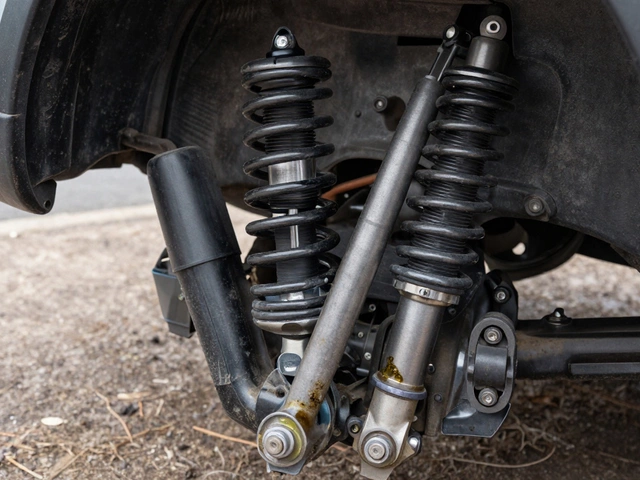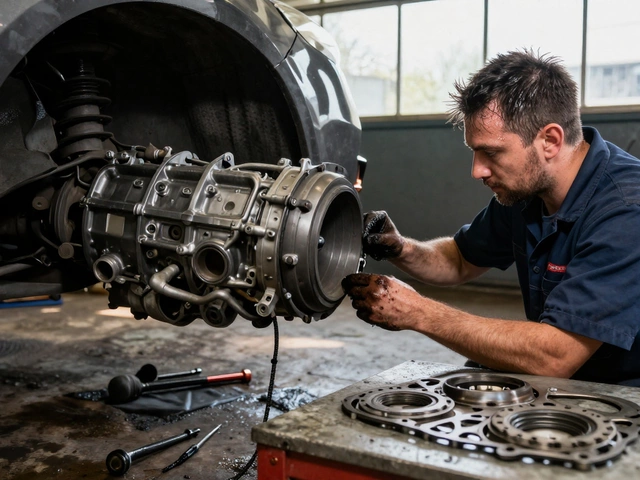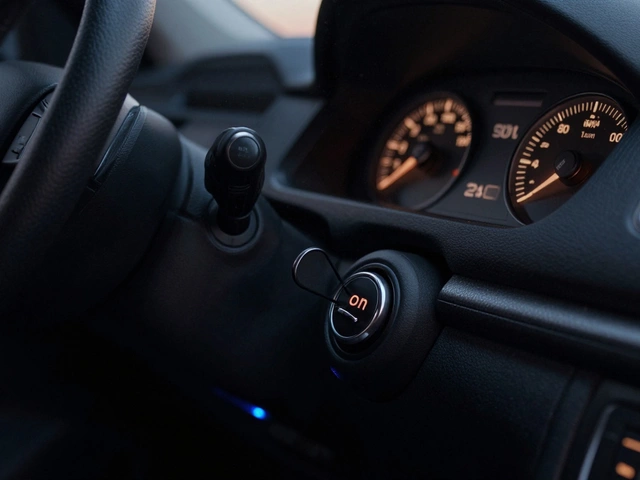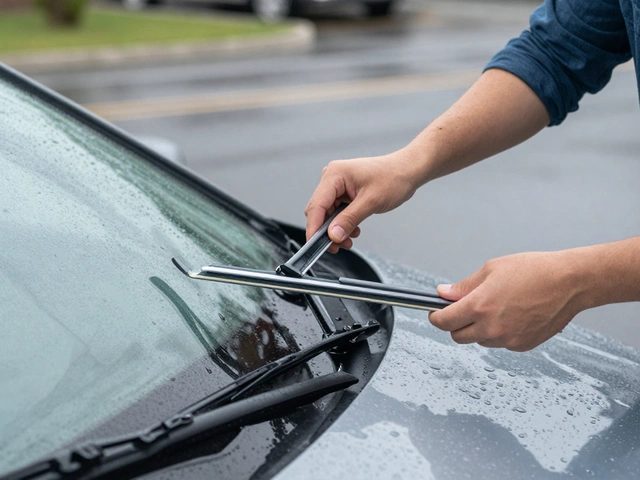Clutch Repair: Signs, Causes, and What to Do When Your Clutch Fails
When your clutch repair, the process of fixing or replacing a vehicle’s clutch system to restore proper gear engagement. Also known as clutch replacement, it’s one of the most common but often ignored car repairs that can leave you stranded if you wait too long. A worn or failing clutch doesn’t always scream for help—it just quietly stops working when you need it most. You might notice your engine revs higher than usual without the car speeding up, or your gears grind when you shift. These aren’t just annoyances—they’re red flags that your clutch is wearing out.
The slipping clutch, a condition where the clutch disc fails to fully engage with the flywheel, causing power loss during acceleration is the most obvious sign. It happens when the friction material on the clutch disc wears thin, so it can’t grip properly. You’ll feel it most when climbing hills or accelerating hard. Another common issue is the bad clutch signs, symptoms like a spongy pedal, unusual noises, or difficulty shifting that point to clutch system failure. These aren’t random glitches—they’re clues that the clutch plate, pressure plate, or release bearing is failing. And if you hear a grinding noise when shifting, that’s usually the release bearing giving out. All of these problems lead to the same place: needing a full clutch kit, a set of components including the clutch disc, pressure plate, and release bearing that are replaced together during a clutch repair replacement.
Most people delay clutch repair because it sounds expensive—and it is. But waiting makes it worse. A slipping clutch can overheat the flywheel, crack the pressure plate, or even damage the transmission. You don’t need to replace the whole transmission just because your clutch failed, but ignoring early symptoms can push you there. The good news? Catching it early means you avoid a much bigger bill. Many drivers don’t realize their clutch is failing until it’s too late because they mistake it for a transmission issue. But the signs are different. A bad transmission won’t let you shift at all. A bad clutch lets you shift—but the car doesn’t respond like it should.
What you’ll find below are real, practical guides from drivers who’ve been there. You’ll learn how to spot a failing clutch before it leaves you on the side of the road, what causes clutch wear in everyday driving, and how to tell if you need a full clutch kit or just a simple adjustment. Some posts show you how to test your clutch at home with nothing but a parking lot and a bit of patience. Others break down the cost of clutch repair in the UK, so you know what to expect when you walk into a garage. You’ll also see how driving habits—like resting your foot on the pedal or riding the clutch in traffic—can shorten its life. This isn’t theory. These are the exact problems people face, and the fixes they actually used.





